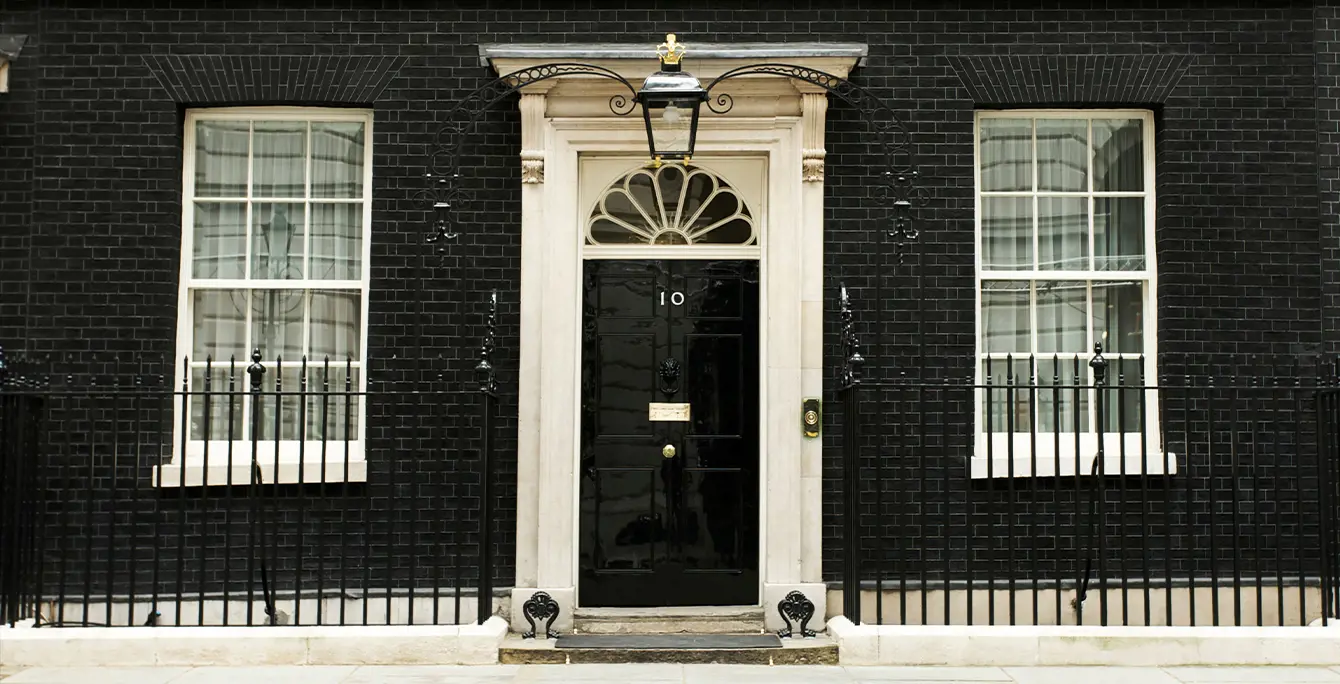Under a grey sky and outside a black door, a day of increasing speculation culminated in the announcement of the next general election. Many dates have been spoken about: before the end of January, maybe October, possibly May. But 4th July it is.
The next six weeks will bear witness to all the usual aspects of a general election campaign: pledges and promises; public debates and private door-step conversations; arguments and accusations. There is likely to be the odd misstep and there will undoubtedly be a series of campaign-defining moments before it all ends with each of us walking into a booth, picking up a pencil and putting an “X” in the box.
The campaigns will be dominated by a large number of policy issues but, as
we have already discussed, housing and planning will be one of the central domestic battlegrounds. And it is easy to see why:
- Housing delivery has remained consistently and significantly below the identified “target” of 300,000 per annum (itself a figure that is widely regarded as under-estimating what is actually needed). In 2021-22 and 2022-23, an average of 234,430 net additional dwellings were completed in England – 5.5% lower than the average of 248,180 in 2018-19 and 2019-20[1] and 28% below the Government’s target – albeit that this is comparatively high in the context of level of delivery between 2009-10 and 2013-14.
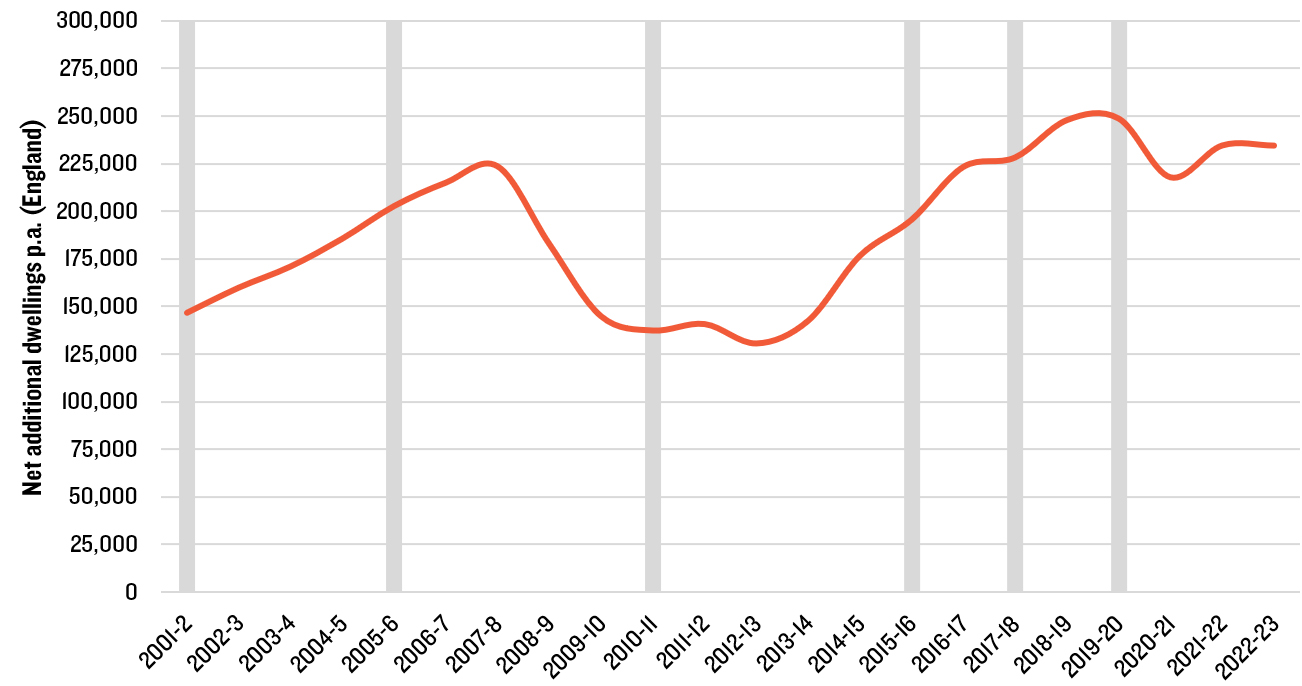
- The ratio of median house prices to median annual gross workplace-based earnings in England was 8.26 in 2023. This is 20% higher than the figure in 2010 and 133% above the 1997 level[2].
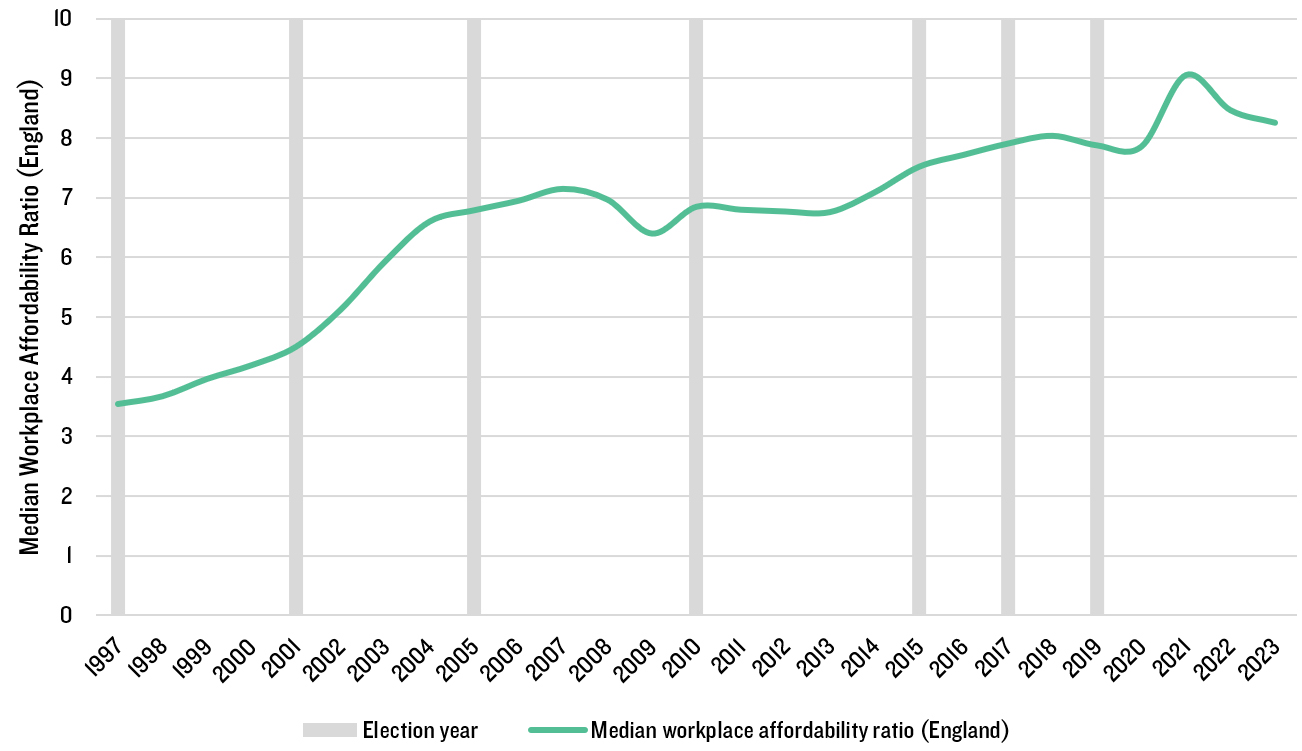
- Fewer than half of households under the age of 44 are homeowners and the number of concealed households (of all ages) has more than doubled since 2001 to c.353,100[3].
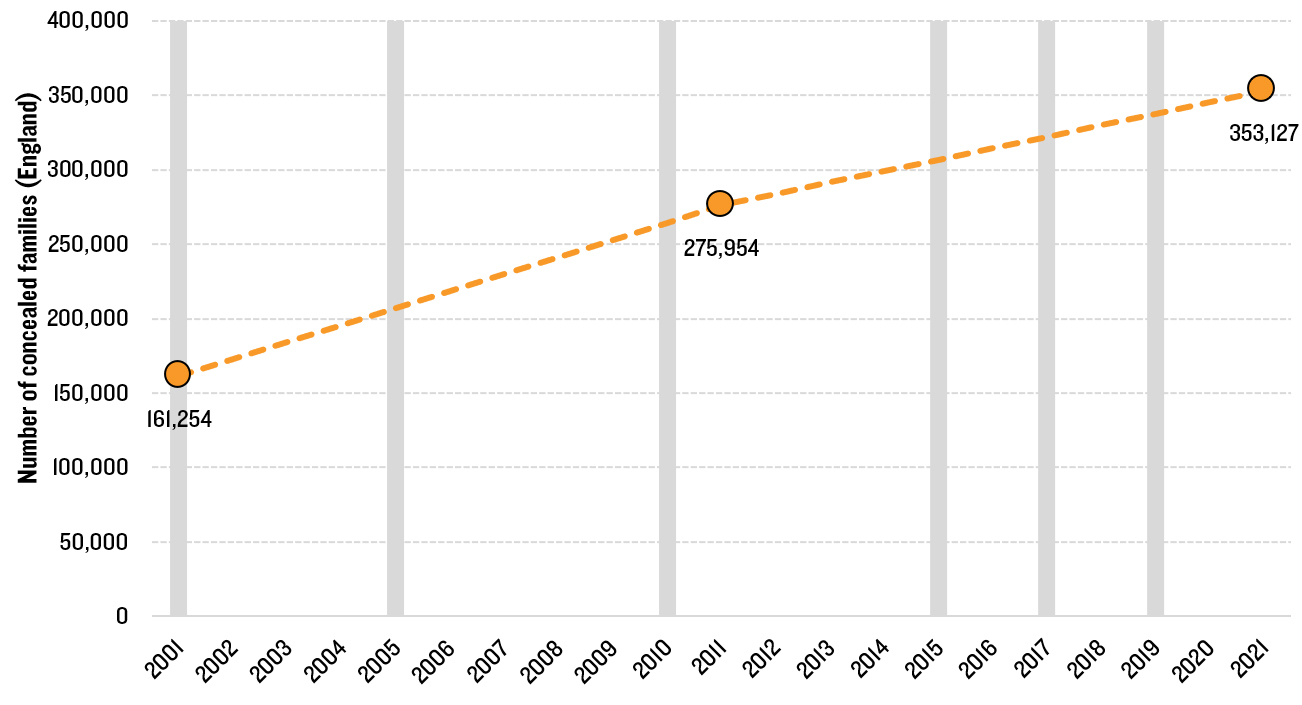
- More than 104,500 households were living in temporary accommodation in 2023 – more than double the level in 2010 and greater than the previous peak of 101,000 households that occurred in 2005[4]. Shelter estimate that 140,000 children were homeless in 2023[5].
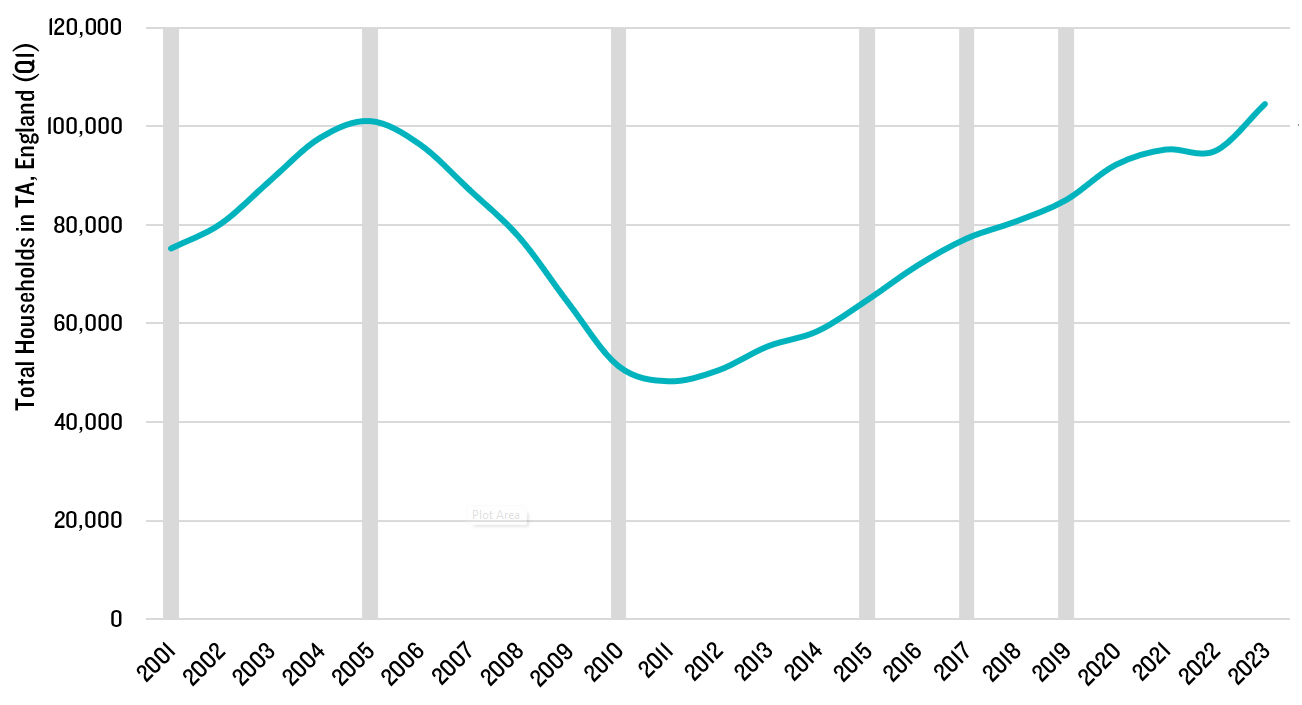
Each of these statistics sit against the broader context regarding the increasing importance of housing within society. In considering them, it is important to look beyond data and focus on the human scale of the crisis. The supply of safe, secure and suitable housing offers physical and mental health and wellbeing benefits, economic opportunities (both directly from construction and spending by residents and indirectly from savings on the cost of health and social care and temporary accommodation that arise in cases of insufficient or inadequate housing), and the potential for environmental gain. A critical and multi-faceted rationale therefore exists for a policy agenda that promotes the timely delivery of more new homes.
Each party will publish its manifesto in due course, and these will set out their full list of policy commitments. As part of our series on the
election which we introduced back in February, we will review what these have to say about planning and housing when they are available. We will also consider any additional policy announcements and analysis that might come forward as the campaign progresses. Based on our take on the issues, we anticipate that the key areas of debate are likely to include:
- The need to increase supply of housing – It is widely agreed that we are not building enough but how many new homes do we need? Perhaps more fundamentally, how do we determine that figure and who should take the lead in setting the target?
- The associated need to increase the supply of affordable homes – Worsening affordability is increasing the number of people and households in need of affordable housing[6]. The way in which we might increase the supply of affordable housing needs very careful consideration. Whilst everyone should have somewhere to live, it is important that the delivery of development is not hampered as a result of constrained viability arising from unrealistic policy expectations.
- The geographic distribution of housing growth – Having determined how many new homes we need, we must consider where they should go? What is the geographical distribution of housing need across the country and how do we deal with “unmet” need from our major urban areas?
- The approach to the delivery of new housing – Distinctions between the parties are likely to emerge in respect of the emphasis that is to be placed on new towns and strategic urban extensions as a means by which to address the need, and the extent to which they will promote a brownfield-first, brownfield-led or brownfield-only approach.
- The importance of establishing a balance between growth and environmental interests – This is a particularly sensitive issue and lies at the heart of the planning system. We need to deliver more homes, but how can we do so in a way that is sensitive to our natural and built heritage?
- The approach that should be taken to Green (and grey) Belt land in preventing urban sprawl and preserving the character of towns and the countryside, but without unduly constraining our ability to deliver the number of new homes that we need. Should the Green Belt be immovable and sacrosanct or is a flexible and innovative approach now required?
- The role of planning and housing in shaping economic growth– The delivery of new housing brings forward a wide range of direct and indirect economic benefits while the NPPF identifies “inadequate housing”[7] as a potential barrier to investment. What weight will be given to housing (and development more generally) as part of the economic growth strategies proffered by each party?
- As an allied point, to what extent was Rachel Reeves correct in saying that the planning system is “the single greatest obstacle to our economic success”[8] and, if her argument was justified, what can and will be done about it?
- The approach to local plan preparation as an essential tool to shape the future of individual areas across the country – An increasing number of local plans are out-of-date and their replacements are taking too long to come forward. Ensuring the timely production of robust plans that deliver the level of housing that is needed will be essential if we are to resolve the housing crisis. But what do each of the main parties propose to do to achieve this objective?
- Local planning authority resources – In the context of continued pressure on public sector resources, any changes to the planning system need to be weighed against the ability of planning departments to implement them, and tangible efforts to address the existing constraints that exist. A failure to do so could undermine the ability to successfully implement any changes to the system.
The starting gun has just been fired and there is a long way to go until that long night in July. Anything could happen between now and then, but this election provides a genuine opportunity to introduce new policies that will deliver a meaningful resolution to the housing crisis. Throughout the campaign, we will review the extent to which the topics set out above are reflected in the manifestos and policy announcements, and the extent to which the parties agree – and disagree – on the key issues. We will ignore the opinion polls but instead will maintain our focus on what the parties are proposing and what this could mean for the industry going forwards. And through it all, as we stated back in February, our only allegiance will be an objective view on what will help deliver the homes we need.
[1] Source: DLUHC Live Table 122: Net additional dwellings in England
[2] Source: ONS Ratio of median house price to median gross annual (where available) workplace-based earnings by country and region, England and Wales, 1997 to 2023
[3] Source: 2001, 2011 and 2021 census
[4] Source: DLUHC Statutory Homelessness Live Tables
[5] Source: At least 309,000 people homeless in England today - Shelter England
[6] Influential research carried out by Glen Bramley on behalf of NHF and Crisis in 2019 set a target for “145,000 social and affordable homes each year, including 90,000 homes for social rent”. Since the publication of the NHF report, organisations such as Shelter and the Joseph Rowntree Foundation (JRF) have also supported the 90,000 figure.
[7] NPPF paragraph 86c
[8] Mais Lecture, 19 March 2024: https://labour.org.uk/updates/press-releases/rachel-reeves-mais-lecture/



